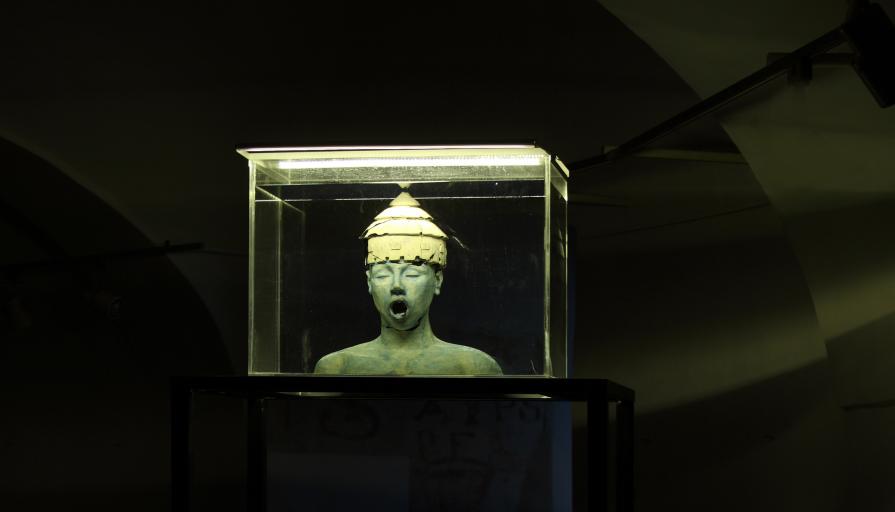
Who hold the water here?
At first glance one can realise that their expressions have sexual connotations and realisms despite their scarcely idealised forms, but then the viewer gradually ascertains the more realistic and brutal aspects of the possible fates of the depicted women (subordinated, reduced to a sexual object, silenced, deceased). Harmony and beauty seem to be sacrificed for the realism of expression, which is at the same time veiled with a certain existential unknown, with a veil of the unfathomable and inexpressible.
If we dwell upon the depiction of the mouth, we can find a part of the explanation within the fact that mouths physiologically express our most concentrated experiences of agony or ecstasy.
Joze Subic responds in his own way to the clichés of the female body and its pleasures, offering an alternative to the dominant conventions of femininity through identifying the aesthetic canons of tradition by shifting the focus, so that the fragmented female bodies pervert the conventional forms and meanings: although the drowned women seem not to be actively wished-for, they manage to make the viewer aware of the pain of objectification within the representation. In fact, the process of identification does not take place amongst the human figures (amongst the real and represented ones), but between the subject (the viewer) and the aspect of the cultural representation.
All female figures stylistically associate with different historical periods and geographical origins (from classical, through non-Western cultural traditions to contemporary expressions), one by one having heads covered with ornate hairstyles and unusual, sometimes with humorously decorated hats. From this perspective, Šubic’s heads are less dramatic and more serenely ecstatic as perhaps suggested by their overall context. From the point of view of what has been abolished from the public sphere, after all it finally comes on the illuminated scene by using contemporary artistic strategies of displaying the body.













Comments 0
Say something